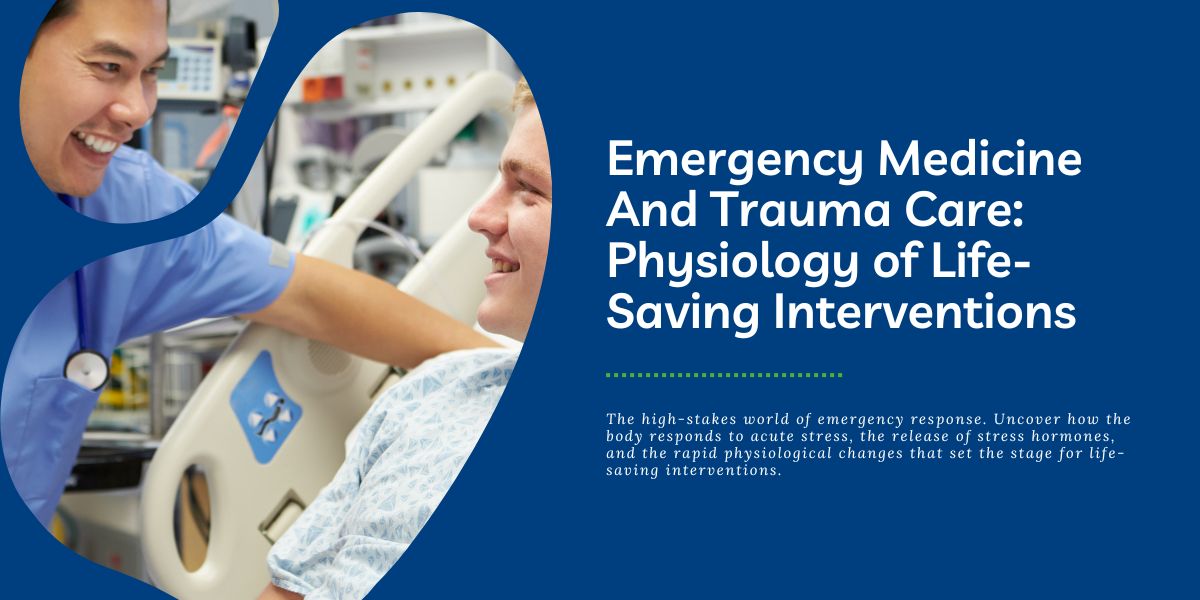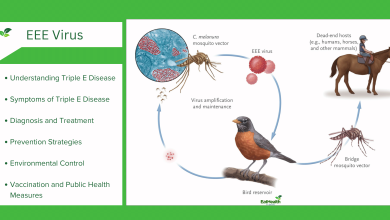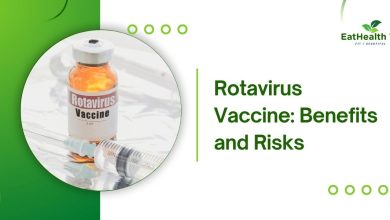Emergency Medicine And Trauma Care: Physiology of Life-Saving Interventions
Navigating Critical Moments: Unveiling the Physiology Behind Emergency Medicine and Trauma Care

Emergency Medicine and Trauma Care
Embark on a journey through the adrenaline-charged world of emergency medicine and trauma care. This in-depth exploration unveils the physiological intricacies of life-saving interventions, shedding light on the heroes who navigate critical moments to preserve life.
I. The Dynamics of Emergency Response: Physiology in Action
Delve into the high-stakes world of emergency response. Uncover how the body responds to acute stress, the release of stress hormones, and the rapid physiological changes that set the stage for life-saving interventions.
II. Trauma Care and the Golden Hour: Maximizing the Window of Survival
Understand the idea of the “Golden Hour” in the treatment of trauma. Explore the physiological rationale behind the urgency of immediate medical attention and interventions, dissecting the time-sensitive nature of trauma response.
III. Cardiovascular Emergencies: Tackling Heart Attacks and Strokes
Navigate the physiology of cardiovascular emergencies. From the intricate mechanics of heart attacks to the cascading effects of strokes, unravel the critical interventions that restore blood flow and mitigate long-term damage.
IV. Respiratory Distress: The Breath of Life in Emergency Care
Explore the physiology of respiratory emergencies. Uncover the challenges posed by conditions like asthma attacks and acute respiratory failure, dissecting the life-saving interventions that ensure an adequate oxygen supply.
V. Neurological Emergencies: From Seizures to Traumatic Brain Injuries
Dive into the complexities of neurological emergencies. Understand the physiological disruptions caused by seizures, traumatic brain injuries, and strokes, exploring interventions that safeguard brain function and prevent irreversible damage.
VI. Hemorrhagic Shock and Trauma: Balancing Blood Loss and Recovery
Examine the physiology of hemorrhagic shock and trauma. Unravel the delicate balance between managing blood loss, maintaining tissue perfusion, and orchestrating interventions that salvage life in the face of severe injuries.
VII. Surgical Interventions in Trauma: A Symphony of Precision and Timing
Delve into the world of emergency surgeries. From exploratory laparotomies to vascular repairs, understand the physiological principles that guide surgical interventions in trauma cases, emphasizing the importance of precision and timing.
VIII. Resuscitation Techniques: CPR, Defibrillation, and Beyond
Explore resuscitation techniques that form the backbone of emergency medicine. From cardiopulmonary resuscitation (CPR) to defibrillation, dissect the physiological principles behind these interventions that can mean the difference between life and death.
IX. Pharmacological Interventions: Medications as Lifesaving Agents
Understand the role of medications in emergency medicine. Explore the physiological effects of drugs used to manage pain, control bleeding, and stabilize vital signs, highlighting the importance of pharmacological interventions in critical care.
X. Pediatric Emergency Care: Tailoring Interventions for the Youngest Patients
Uncover the nuances of emergency care for pediatric patients. From the unique physiological considerations in children to interventions tailored to their needs, explore how emergency responders navigate critical moments in pediatric cases.
XI. Psychological Trauma: The Silent Battlefield of Emergency Response
Address the psychological toll of emergency medicine response. Explore the physiological impact of trauma on mental health, emphasizing the importance of psychological support for both patients and the dedicated professionals in the field.
XII. Training the Heroes: The Physiology of Emergency Medical Education
Dive into the world of emergency medicine education. Explore how physiological principles form the foundation of training for paramedics, emergency medical technicians (EMTs), and other first responders, ensuring they are well-equipped to navigate critical moments.




